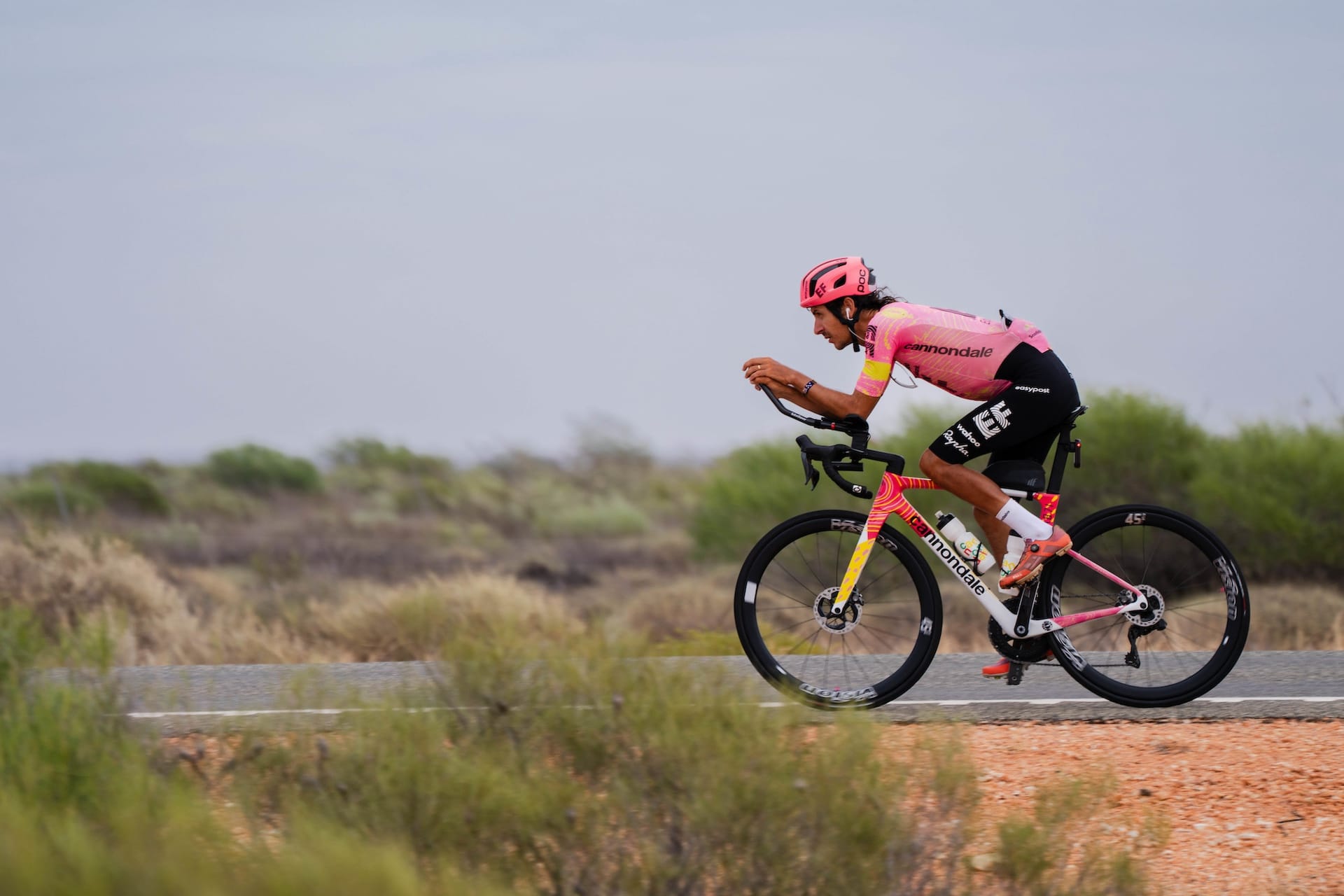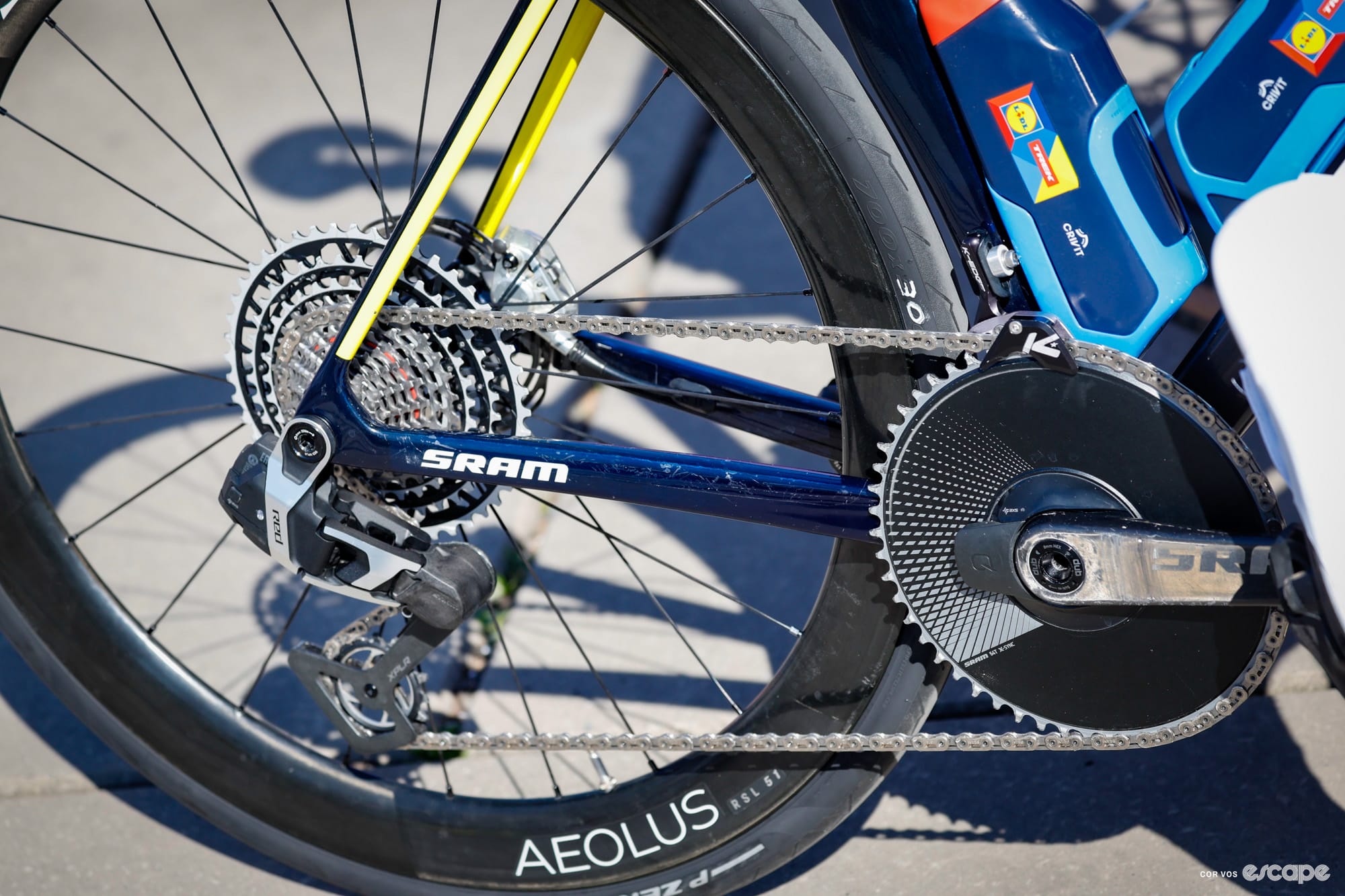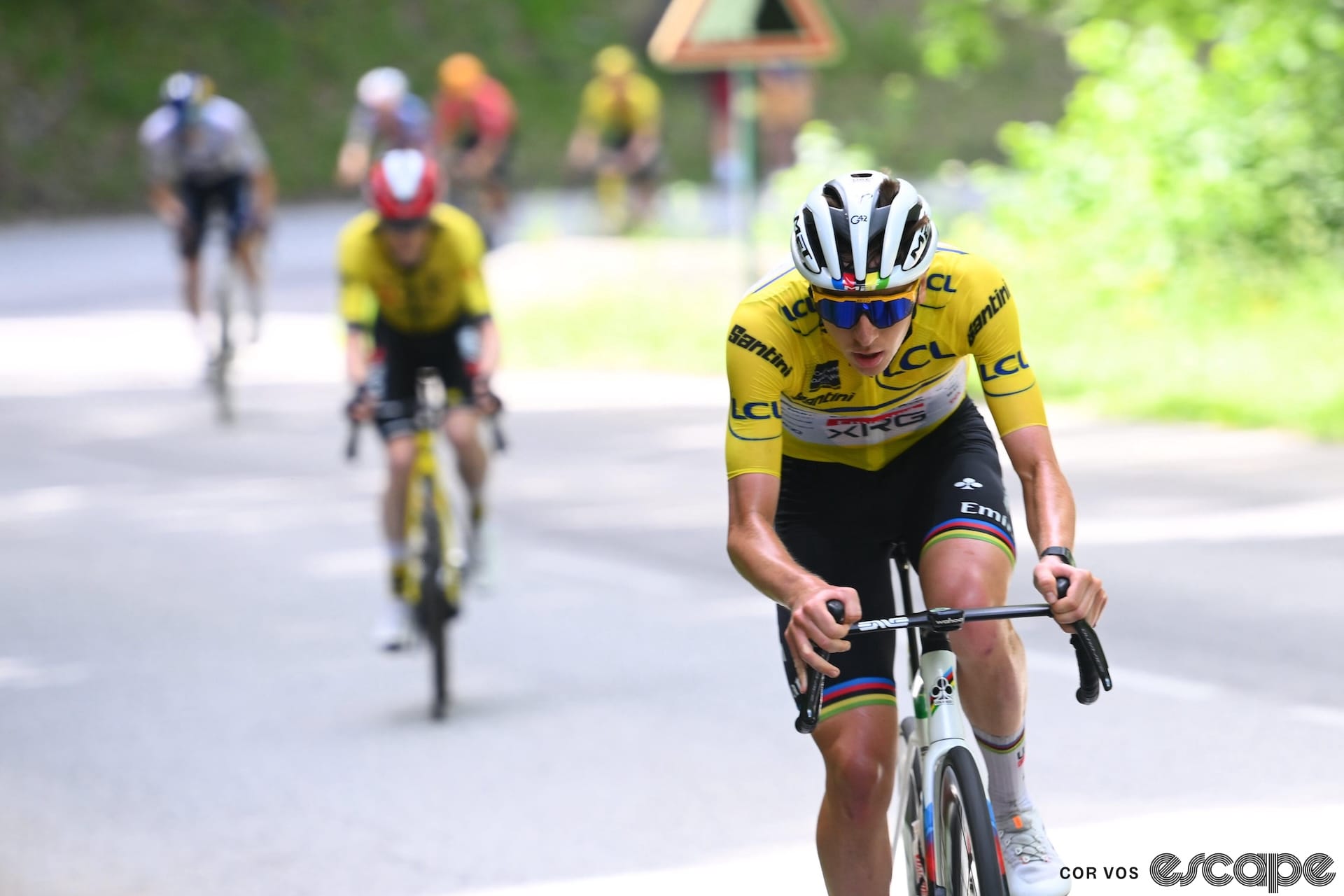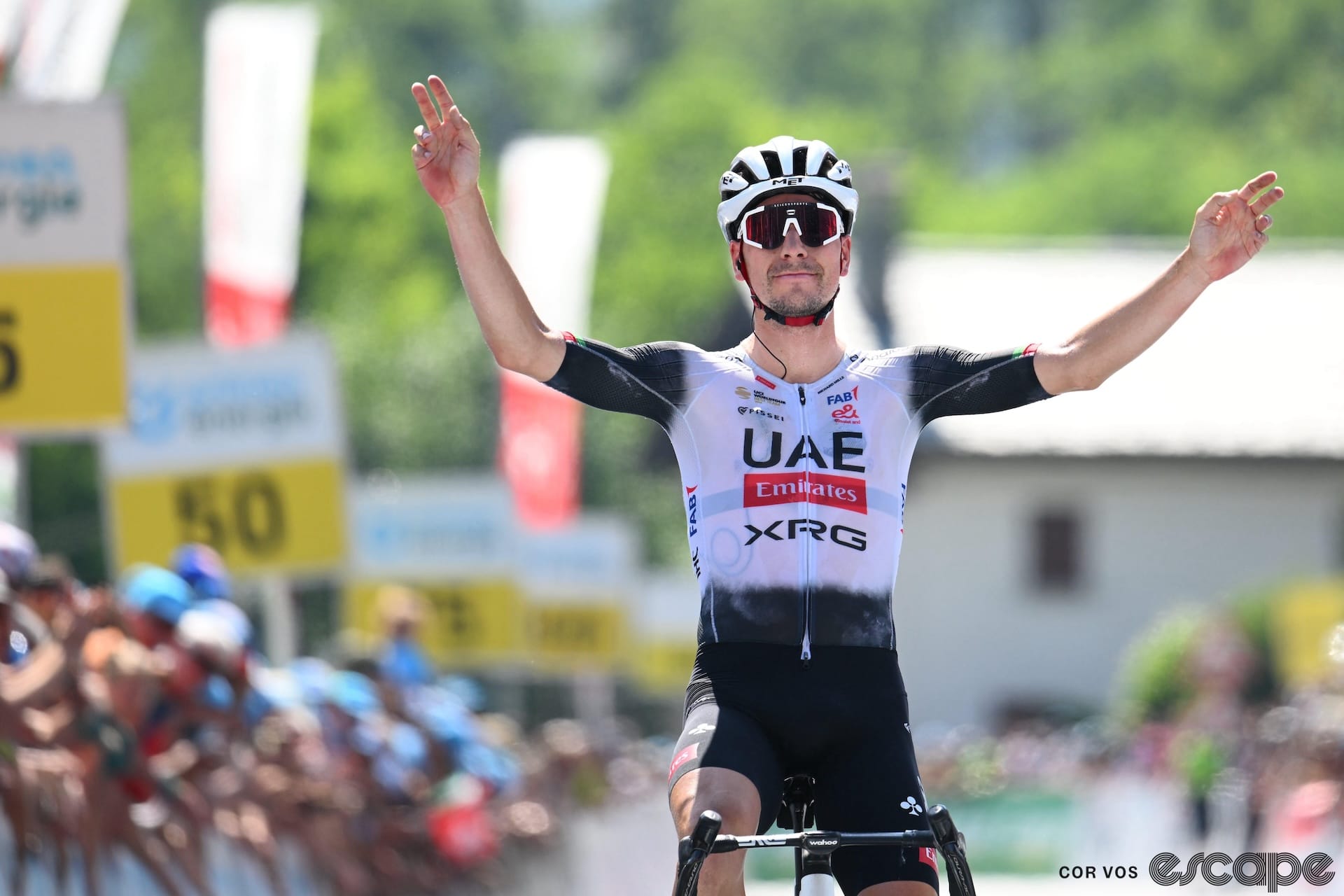You already know how this film ends. It finishes with Lachlan Morton – former road pro turned ultra-endurance adventurer extraordinaire – completing the fastest-known lap of the Australian mainland by bike. An incredible 30-day-and-nine-hour, 14,200 km effort in late 2024 that slashed the previous record by a week, adding yet another incredible achievement to the Australian’s already-glittering CV.
Even knowing that Morton broke the record, you should absolutely watch the documentary film about his ride. It’s as good a peak behind the curtain of ultra-endurance riding as you’re likely to find.
It’s a film that doesn’t just document the day-to-day of Morton’s mind-bending ride – he averaged roughly 450 km a day for an entire month, by the way – but one that provides valuable insight into what it takes to achieve such a feat, both physically and mentally.
There’s a kind of paradox to Lachlan Morton. From the outside he appears to be your stereotypical Aussie bloke. Laid back, hard to faze, even “peaceful” – as described by his wife Rachel Peck. And yet, beneath the laconic exterior is an incredibly driven athlete performing at the very limits of human ability. A chilled out guy willing to put himself through unimaginable difficulty because why not?
There's a moment 46 minutes into the film that stands out as emblematic of the depths Morton had to plumb in order to complete his record lap of Oz. Assisted by Rachel, Morton takes off his shoes at the end of the day’s ride – the pair noting his swollen achilles tendon – then gingerly lowers himself into an inflatable pool. As Rachel goes off to get Morton something to eat, the latter stares off into the middle-distance, a true shell of a man. The shot lingers, before eventually cutting to Morton eating some watermelon with his wife by his side. “I’m fucked, mate,” he says, with the look of man at the very limit of what his body (anyone's body?) is capable of. At this stage he’s only around a third of the way through his ride.
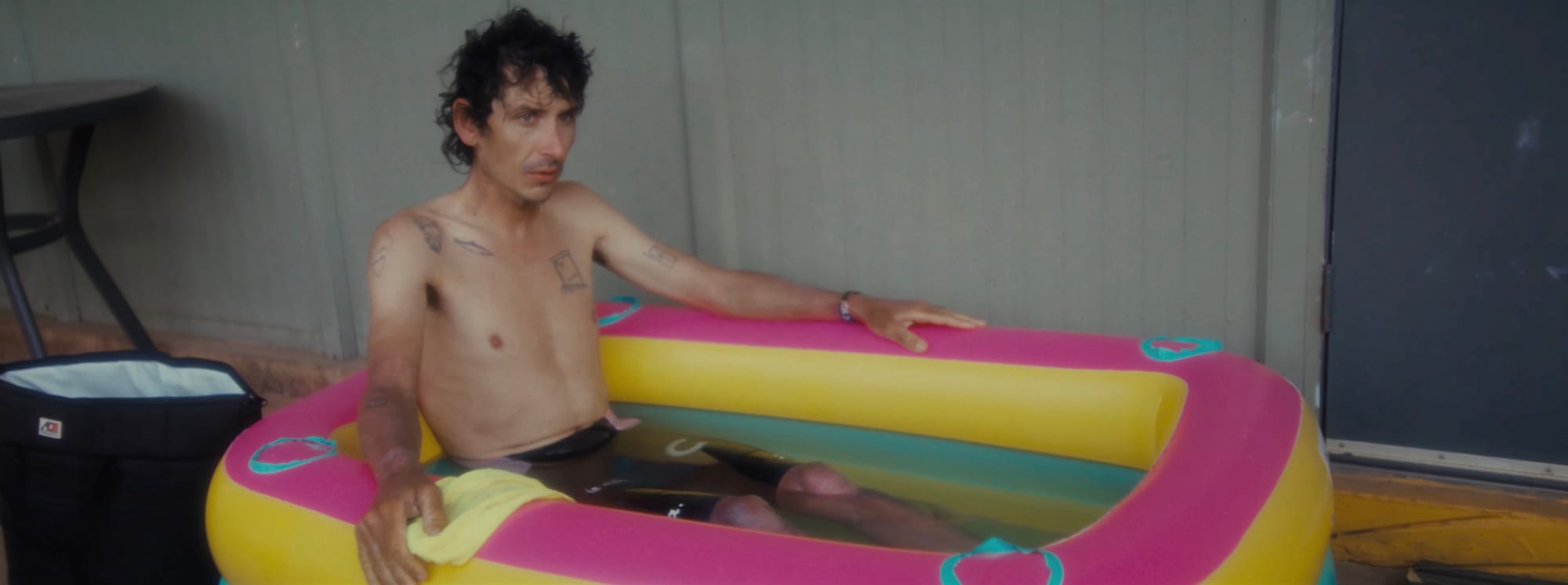
While Morton is obviously the central focus of the film, his support crew feature heavily throughout. His wife Rachel, of course; his mechanic and friend Tom Hopper; his childhood coach Graham Seers; his masseuse Athalee Brown. All provide a welcome perspective of the magnitude of Morton’s achievement and what’s involved in supporting a rider to achieve their beyond-lofty dreams.
There’s a fascinating tension between Morton and his crew. On one side, a rider so incredibly determined to test the limits of what he can manage – heat, wind, illness, and fatigue be damned. On the other, a group of friends and family dedicated to helping Morton with whatever he wants and needs, while simultaneously being responsible for his safety and wellbeing. It’s an interesting dynamic.
While Morton’s support crew get plenty of airtime, the most visible support character in this film is Australia itself. In many ways, ‘The Great Southern Country’ is as much a love-letter to the Australian landscape as it is a record of Morton’s ride, and videographers Scott Donald Mitchell and Gus Morton (Lachlan’s older brother) have done a fantastic job of capturing the diverse landscapes that Morton covered in his more than 14,000 km on the road.
If the film’s creators weren’t able to access some funding from Tourism Australia they really should have been. Beaches and ocean vistas, sweeping agricultural scenes, dense native forests, sunrises in the outback, long straight roads with little in sight – it's all beautifully evocative, with many a vista that fosters – at least for this Australian viewer – a real desire to explore this great wide land.
It's beautifully shot in general, with an almost-ethereal feel to much of the footage, and the film's rousing synth-driven soundscapes are judiciously employed to help emphasise the ebb and flow of the narrative throughout.
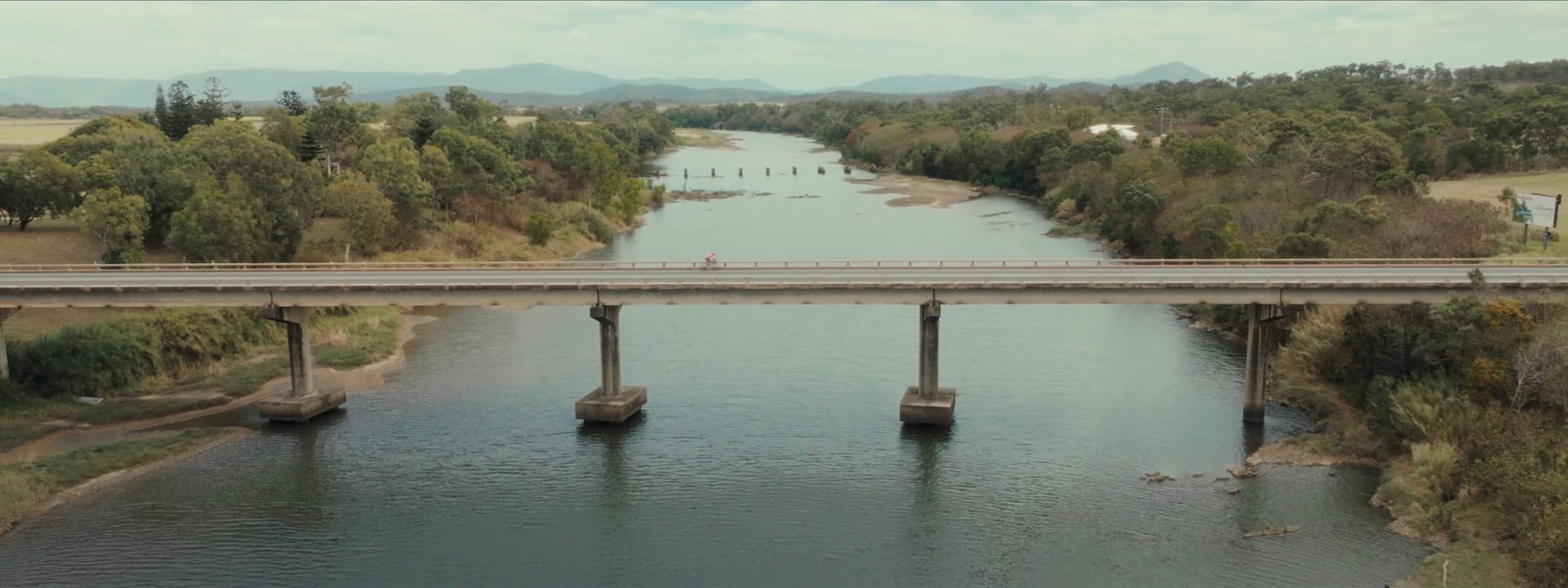
This film is a love-letter to Indigenous Australia too. It’s more than a mere acknowledgement that “this is, was, and always will be Aboriginal and Torres Strait Islander land” – the film specifically calls out the many indigenous nations and language group areas that Morton passes through, and prominently details the indigenous peoples’ connection with country. Of note, Morton and his team also managed to raise some $122,000 for the Indigenous Literacy Foundation via this project.
If the Australian landscape is a supporting character in this film, then the many road trains are something of a thinly veiled antagonist. Every time one of these imposingly long trucks pops up on screen – particularly while passing Morton – it’s hard not to feel a sense of justifiable anxiety. Cyclists know all too well the dangers such vehicles can pose, and indeed Morton has his own scary moment with a truck driver roughly 1 hour 18 minutes into the film.
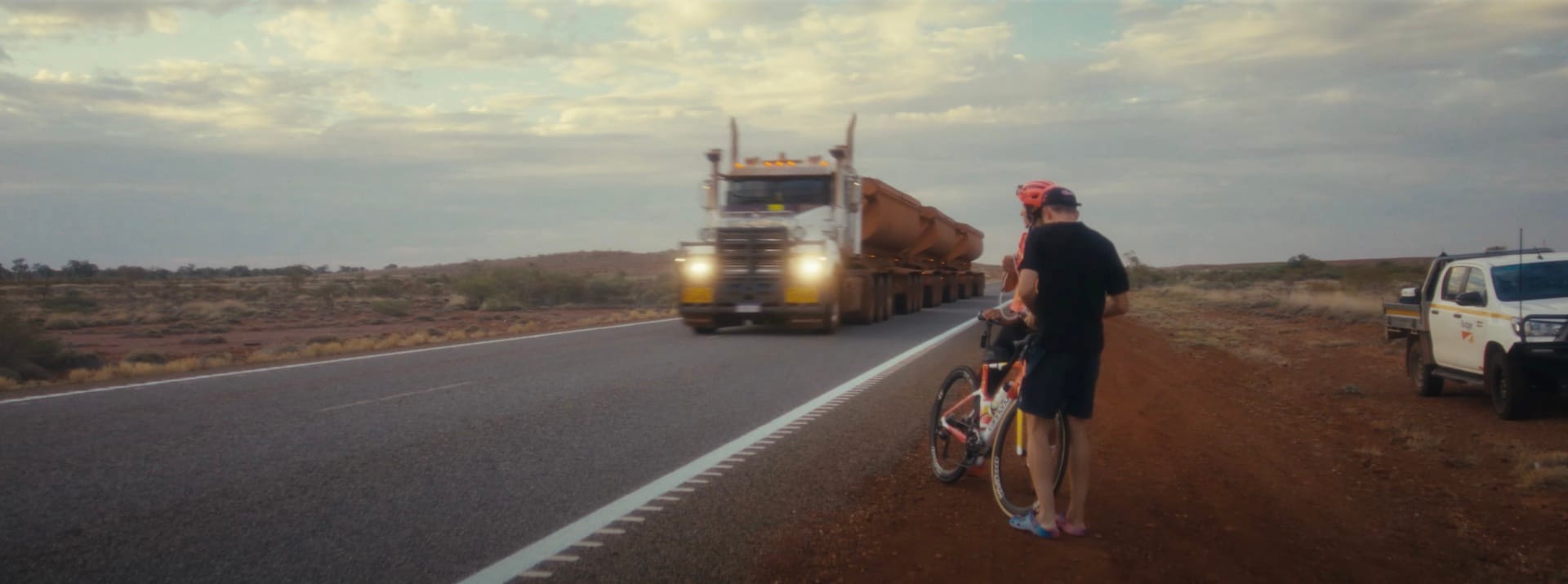
The film features many interviews with a range of colourful characters that the film crew came across while leapfrogging Morton around Australia. From a local indigenous woman saying that Mount Isa is the most beautiful place on earth – helpfully intercut with vision of smokestacks pumping who-knows-what into the air above town – to local larrikins in the Northern Territory lovingly referring to Morton as a “crazy c**t”, to a man 235 days into a solo walk around Australia, all of these interviews help flesh out the story of the country Morton is riding around.
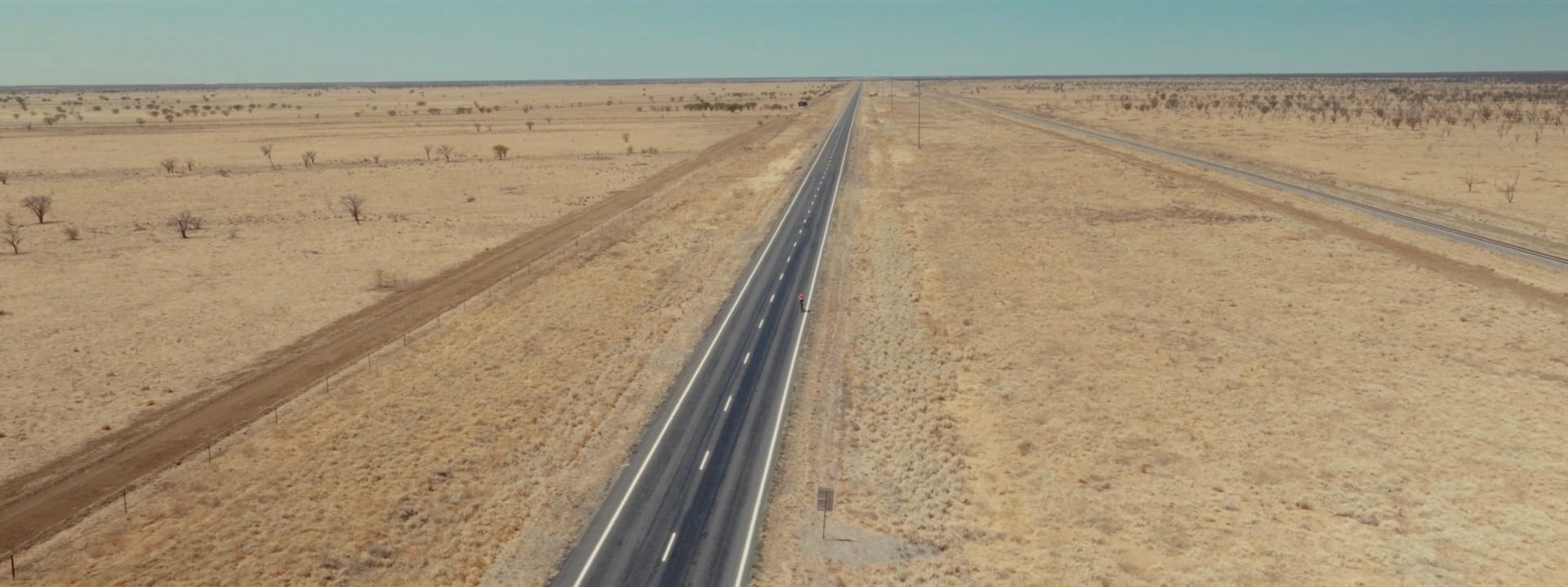
There’s an inherent challenge in documenting any sort of ultra-endurance event, whether it be in film, words, or otherwise. How do you capture the enormity of a 30-day, 14,200 km ride around an entire continent – covering 450 km a day – and do it any sort of justice? At some point the numbers start to simply wash over you, detached from the reality of what Morton actually achieved on the roads around Australia. Perhaps a 'slow TV'-style recreation would come close to conveying the length and monotony, but even then: how to share the true extent of the challenge; the physical and mental fortitude required? With that in mind, ‘The Great Southern Country’ does an admirable job of capturing the uncapturable.
Morton’s record-breaking ride is simultaneously unimaginable in its magnitude and audacity, while also being strangely inspirational. While covering 14,200 km in a month is beyond just about everyone on the planet, anyone can set themselves a big, personal goal and work towards completing it. I suspect many viewers will finish watching 'The Great Southern Country' with dreams of their next big ride percolating in the back of their head.
It’s a wonderful film. Give ‘The Great Southern Country’ a watch and see for yourself. You won’t regret it.
Did we do a good job with this story?

